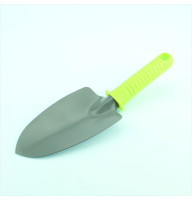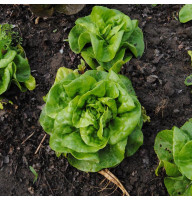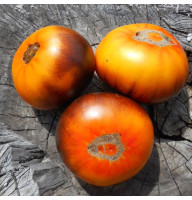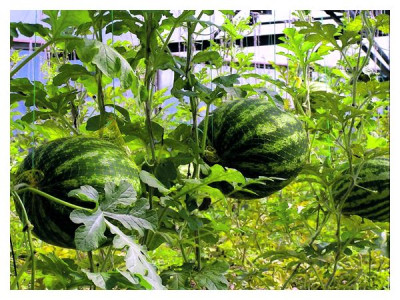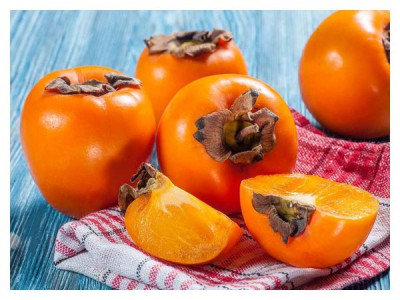At the end of the season, our “tired” greenhouses need as much attention as the soil. No matter how reliable their construction is (be it a wooden frame covered with film or glass, or a polycarbonate structure), without proper care their service life can be significantly reduced.
Greenhouse soil also requires special attention at this time, because the high humidity and heat characteristic of a greenhouse environment are suitable conditions for the development of not only beneficial, but also harmful microorganisms. Perhaps the most insidious of them is Phytophthora. And it can overwinter not only in the soil, but also on the foundation and on frame elements. Therefore, greenhouse care is a mandatory standard procedure.
Greenhouse cleaning

It is no different from cleaning open ground. First of all, you need to remove all plant debris that has accumulated in the greenhouse over the season. These include weeds, tops, and waste organic mulch.
All parts of the plants should be removed from the greenhouse - pathogens can overwinter on the remaining fragments.
Plant waste must be disposed of (burned in specially designated places or removed from the site and buried).
Inorganic waste (old ropes, fastenings, pegs, stones, bricks) must also be collected. More or less preserved garter material can be boiled and dried to be reused next season.
Soil treatment
During the season, pathogens, eggs and larvae of pests, as well as pesticides could accumulate in the greenhouse soil over the course of the season.
Therefore, it is advisable to replace the top layer of soil (at least 15-20 cm thick) with fresh fertile one. If this is not possible, then all that remains is to carefully dig up the soil to the depth of a shovel, turning it over thoroughly.
Treatment with biological products

If the weather is still warm (at night it does not drop below 5°C), the soil in the greenhouse can be treated with biofungicides based on Bacillus subtilis or the soil fungus Trichoderma, for example Fitosporin.
This product not only inhibits the growth of microorganisms, but also heals the soil. However, it must be applied according to the instructions written on the package.
Treatment with peracetic acid (PAA)
Peracetic acid is also widely used to disinfect greenhouse soil. It does not pollute the environment, is environmentally friendly and quickly breaks down into water, carbon dioxide and oxygen.
NAA has bactericidal, fungicidal and sporicidal effects. It works - unlike biological products! - even at low temperatures.
Recipe for making NUC: mix 2 liters of vinegar and 400 ml of hydrogen peroxide, cover with a lid and leave for a week in a dark place at room temperature.
To prepare the working solution, 1 glass of the drug is diluted in 10 liters of water and the soil and wooden frame are sprayed. If it gets on metal parts, they should be washed with running water.
Disinfection of structures
After treating the soil, you can proceed directly to washing the greenhouse. It is enough to wash the outer surface of the greenhouse with plain water.
But to wash interior surfaces, use stronger detergents:
- a solution of laundry soap: to prepare it, you need to grate a 200-gram bar of soap on a coarse grater, dissolve the shavings in a small amount of water, and then add the soap mass to a bucket of water. Wash the frame with the resulting solution.
- 1% solution of potassium permanganate: dilute 10 grams (1 tsp) of the substance in 1 liter of water and wipe all surfaces.
- a solution of any oxygen bleach (Persol, Bos, etc.) Dilute the bleach according to the instructions (as for soaking), wash the walls and frame from the inside with the solution, and then wipe with a rag. Residues of detergent on the walls will not harm the greenhouse.
To disinfect a greenhouse, you can also use industrial disinfectants, such as Sanosil (6% solution) and Oxides (1% solution). They are poured into a sprayer and sprayed onto the surfaces of the greenhouse.
To clean a wooden frame covered with moss, we recommend using a 5% solution of copper sulfate. To prepare it, it is advisable to take plastic or glass containers, but not metal ones, since copper quickly interacts with metal. First dilute the product in a small amount of warm water, and then add water until the solution of the desired concentration is obtained. Before spraying, the solution must be filtered.
To enhance the effect, wooden parts can also be treated with bleach, which will also protect against lurking pests. Recipe: dissolve 200-300 g of the product in 10 liters of water, leave for 3 hours, and drain off the sediment before use.
To treat a metal profile greenhouse, you need to select a disinfectant that contains a corrosion inhibitor.
Experienced summer residents also recommend using a tobacco smoke bomb (one smoke bomb is designed for an average of 20 cubic meters). The saber is lit in the open air, and when it flares up, it is brought into the greenhouse and the doors are tightly closed. The greenhouse is fumigated for 30 minutes to 2-3 hours.
Ventilation of the greenhouse

After disinfection:
- with cleaning solutions or fungicides, open all windows and doors wide immediately after treatment,
- tobacco shank - the greenhouse is ventilated after its combustion,
- sulfur bomb – three days after fumigation.
For the winter, you can remove the door in the greenhouse so that moisture does not stagnate inside.
Strengthening the frame
If your greenhouse is covered with glass or polycarbonate and there is no way to remove them, for reliability you should install additional T-shaped supports inside so that the roof does not collapse under the weight of the snow cover.
A film greenhouse does not need such reinforcements - it is easier to “undress” it for the winter so that the film does not tear during snowfalls.
Fertilizing the soil
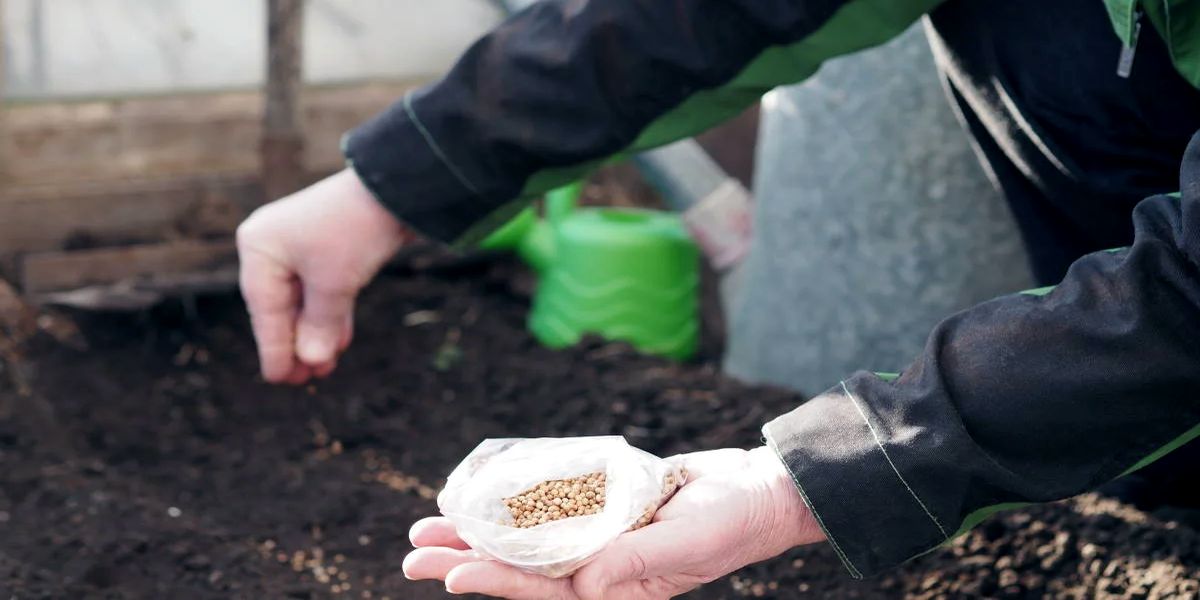
During the season, the soil indoors is very quickly depleted, so in the fall it requires intensive feeding.
You can fertilize the soil in the greenhouse during this period in different ways:
- add organic matter for digging: humus, compost or vermicompost (2-3 kg per 1 sq.m of land);
- sow green manure: phacelia, oats, peas, alfalfa, rapeseed and other fast-growing cold-resistant crops. They will saturate the soil with nutrients and make it looser and more fertile;
- apply potash and phosphorus fertilizers, which will gradually dissolve in the moist soil and feed it for the next season.
On average, 40-60 g of superphosphate and 25-30 g of potassium salt or potassium sulfate are added per 1 sq.m of soil.
The third option is only suitable for closed greenhouse structures, otherwise the fertilizers will be washed out of the soil during the rainy season.

